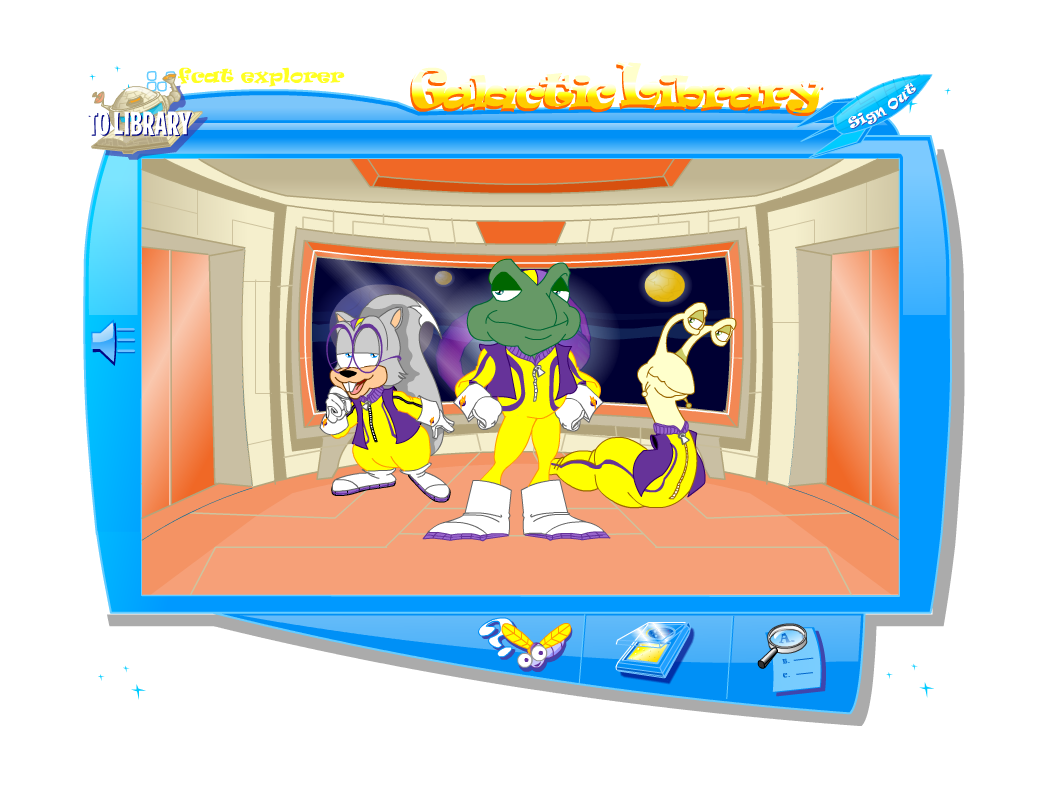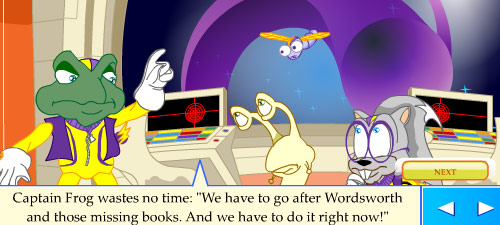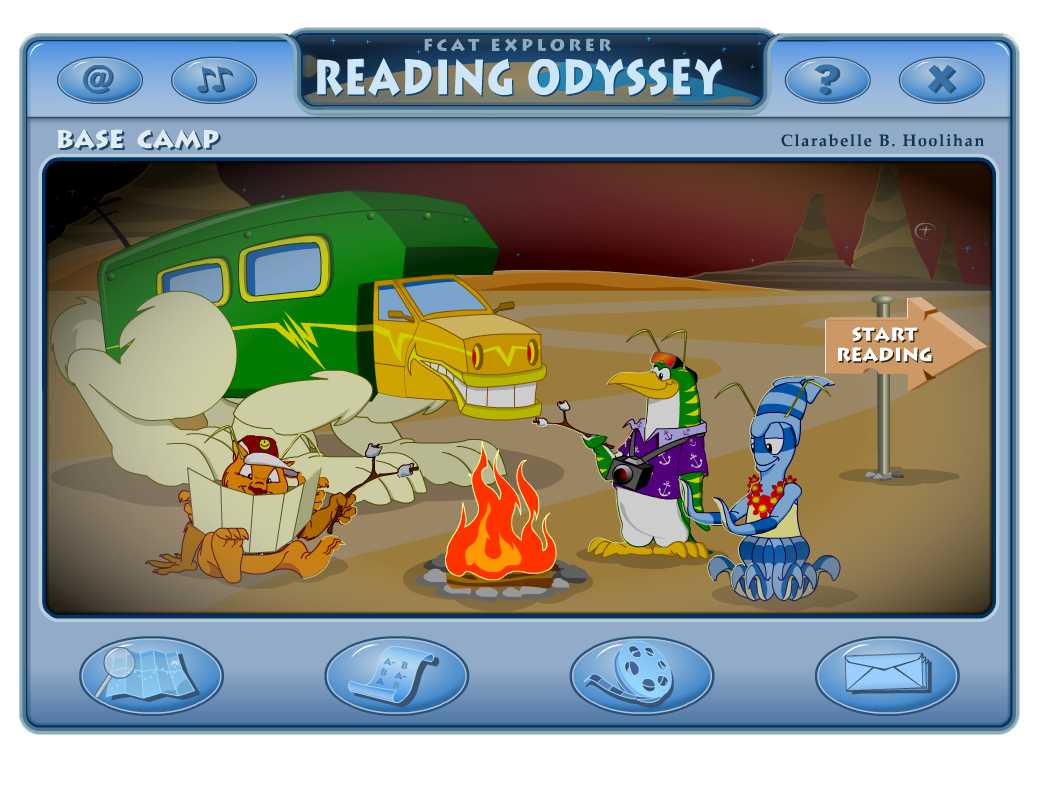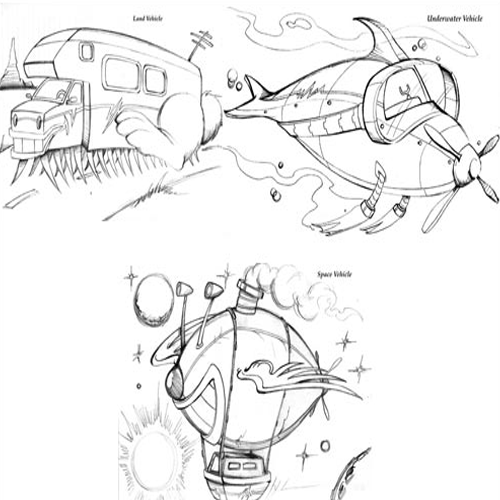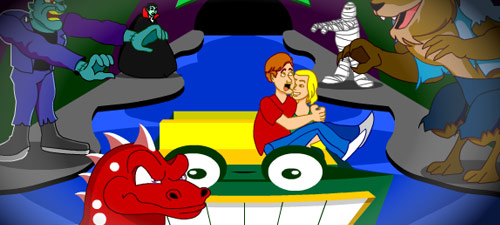For kids, learning new things can sometimes come off as boring. This is my story of designing a fun animated approach to learning different subjects for a young audience.

The Florida Comprehensive Assessment Test, or the FCAT, was the standardized test used in the primary and secondary public schools of Florida. Our team was asked to make the online courses more interesting and engaging to students.
I worked on this project as an User Experience Designer and Flash Animator for Design Farm, a subsidiary of Infinity Software Development. I conducted user interviews of their target audiences, conducted user testing, created wireframes, created interactive prototypes, storyboards, illustration and animation.
The grades for our target audiences ranged from 4th grade to 10thgrade. Our team split up the grades with myself and another designer assigned to the younger grades while the other designers handled the older grades. Throughout the project we conducted ethnographic research and user interviews. We went onsite to several schools to watch the kids work on the computers in the school's computer labs.
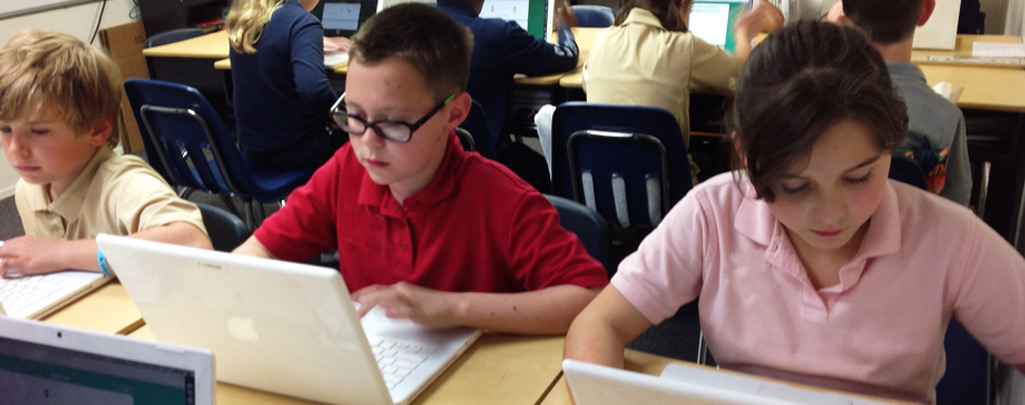
Insights from our discovery work indicated that many young students are visual learners. If content can be expressed in interesting visual ways, young students have a better chance of grasping new concepts.
If we truly wanted to make a difference in students improving their scores on the standardized testing we needed to:
Our vision was to create a fun and engaging interface that appealed to young audiences. We would break up large chunks of content with in context imagery and animation. We would provide rewards as a student advanced through the courses making it like a game with point totals at the end.
I created task flow diagrams to chart the path students take through the application. Essentially, the student begins a story line with a character. If a student passes their learning objective, their reward is to see the movie at the conclusion, get points and move on to the next objective.

Instead of wireframing, I opted to sketch my designs in sequential order on paper. I used paper prototyping techniques to bring the designs to life and evaluate them with our users. Thanks to user interviews, we discovered children in our target age group liked anthropomorphic ideas. They liked animals who could talk and other ideas ranging from fantasy to science fiction. I sketched up many ideas based on these findings.
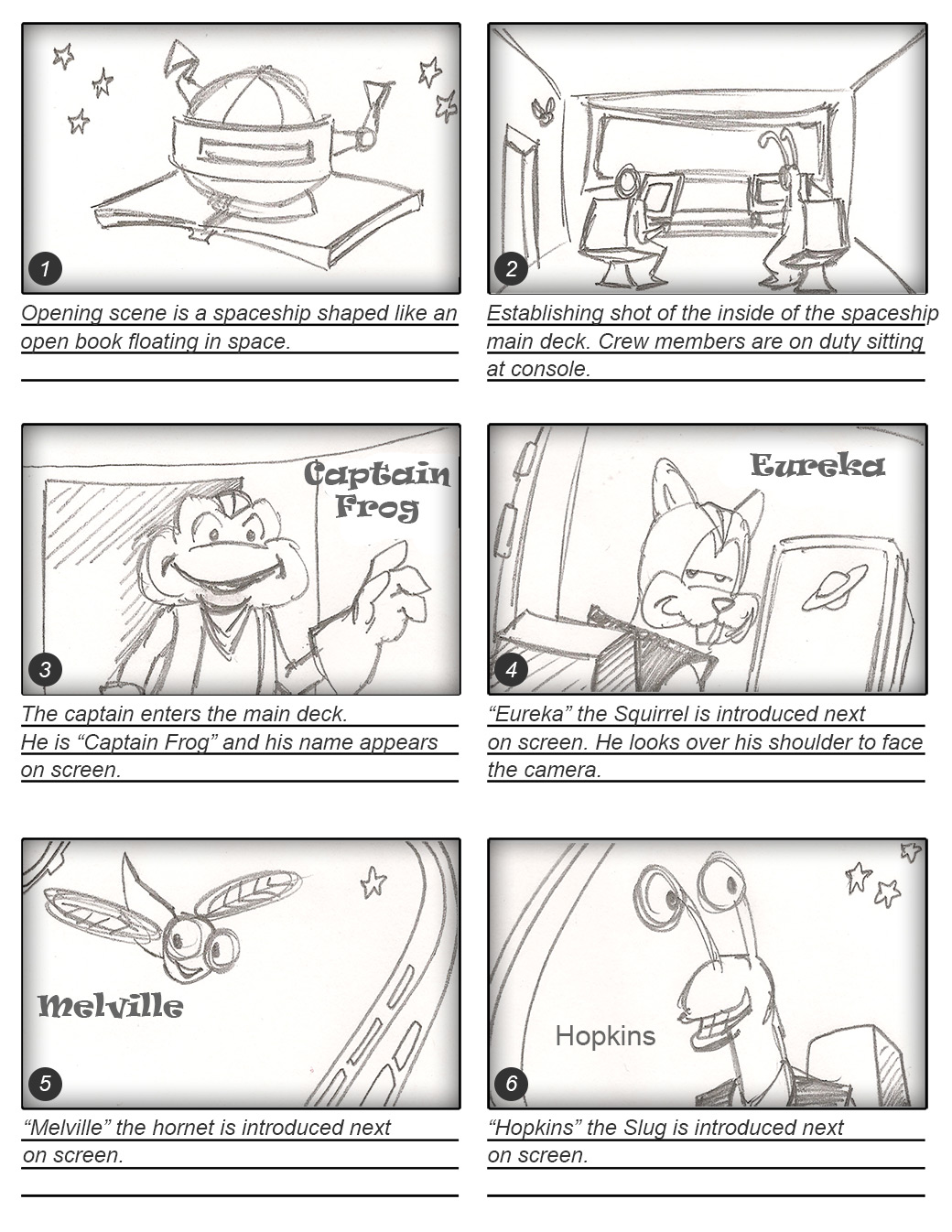
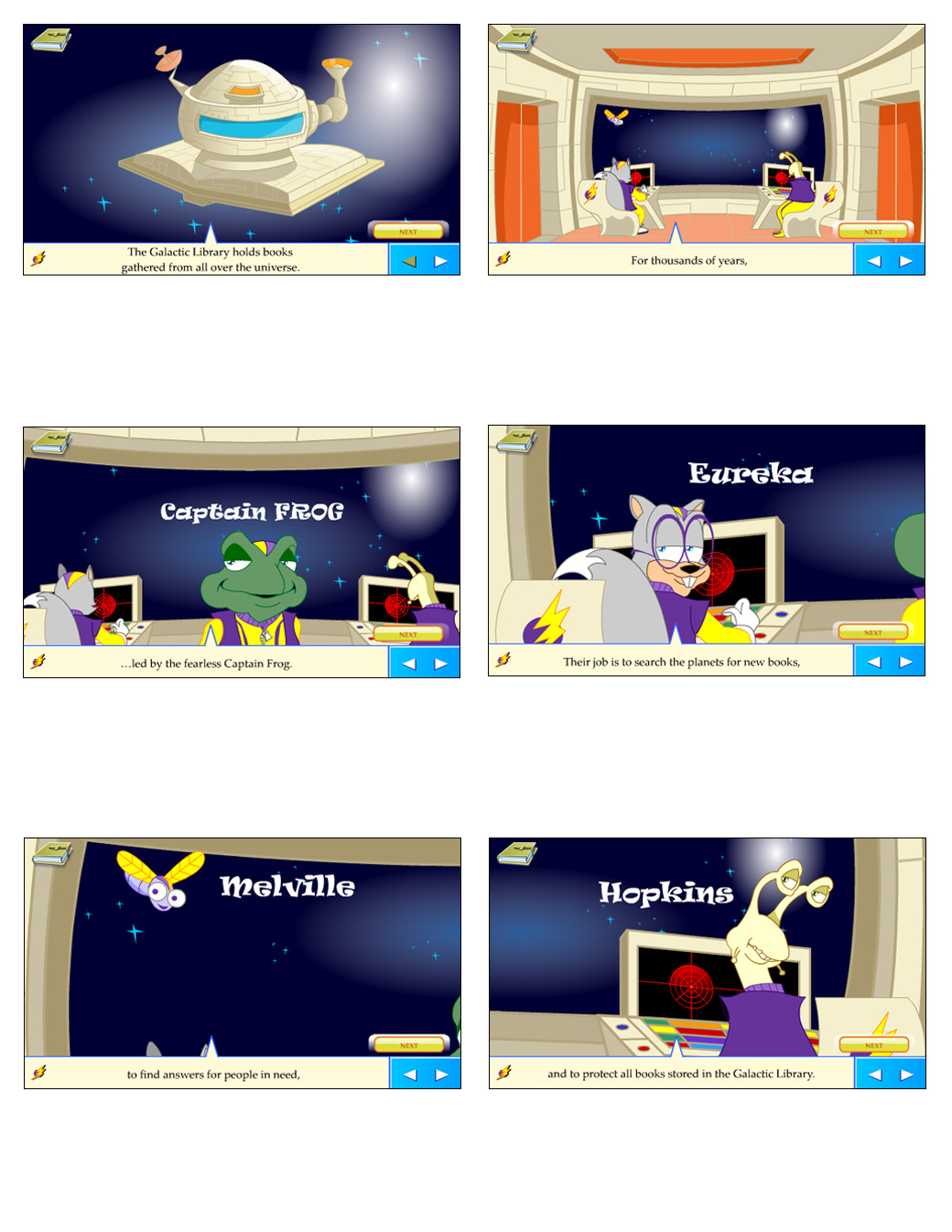
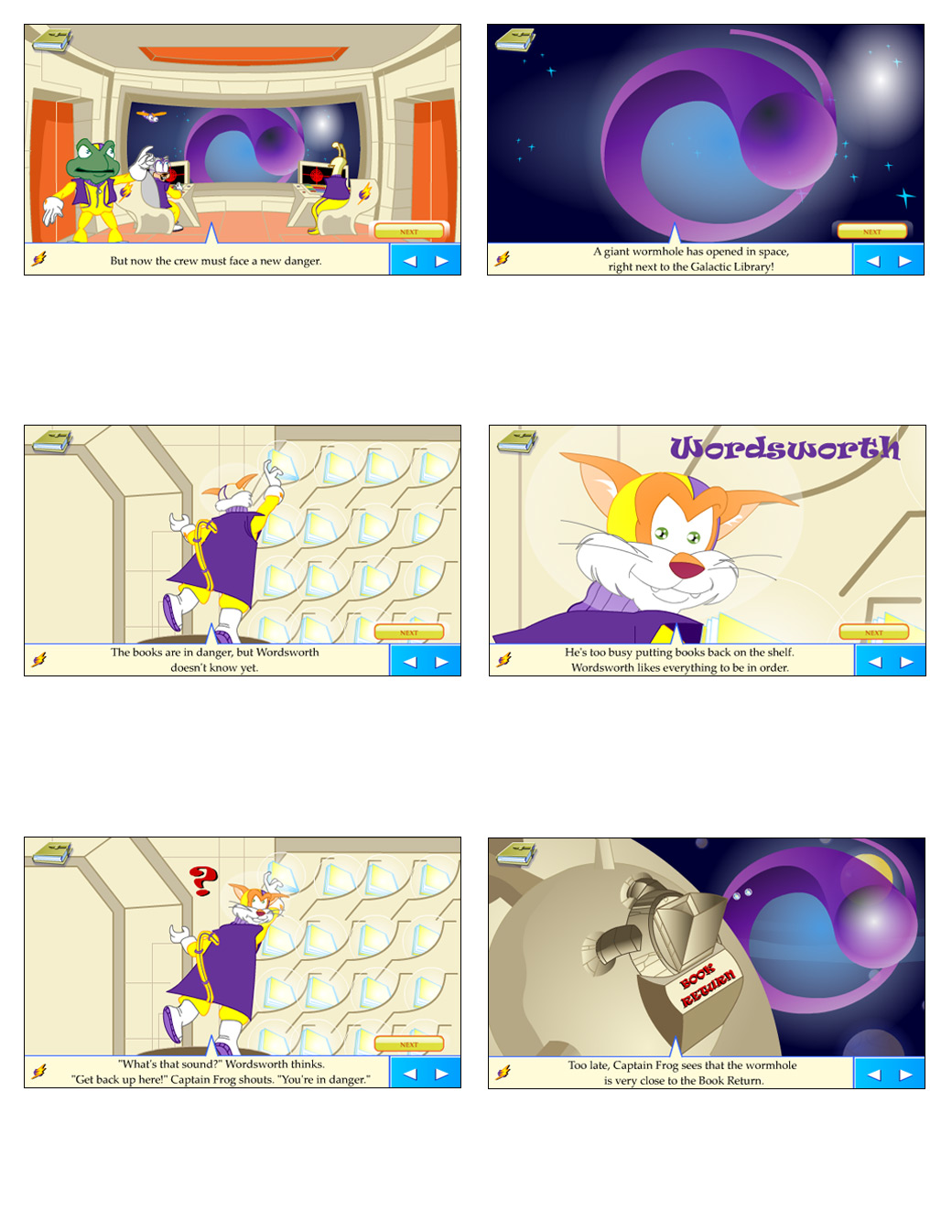
For our students in schools with older computers we needed to develop a solution that worked effectively on low-bandwidth connections. Website analytics also revealed that 20% of the traffic browsed the FCAT Explorer website using Internet Explorer 6. We embraced these constraints from the outset and opted to strive for a simpler animated and accessible solution.
To move forward with the design I used Photoshop to create sets of detailed mockups of the characters and user interface. This approach was beneficial in showing our stakeholders design progress and getting their feedback on design decisions.
All members of the team were flash animators. We all built working flash prototypes of the interfaces and animations. Communicating requirements face-to-face and discussing constraints with the senior developers was an effective way of solving the Interaction Design. We worked collaboratively, tested constantly and iterated progressively to get a great product. We went onsite to several schools to do user testing sessions with students.
FCAT Explorer was a web-based tool that helped prepare students for the Florida Comprehensive Assessment Test. The FCAT Explorer project came to an end in 2010 and is no longer online. I worked on 4th and 5th grade reading comprehension modules. Here are some samples of the final designs along with sketches of original artwork.
